What Colour Should I Paint for my Roof?

Are you changing or updating your home’s roof? Here is why some roof colors are better than others.
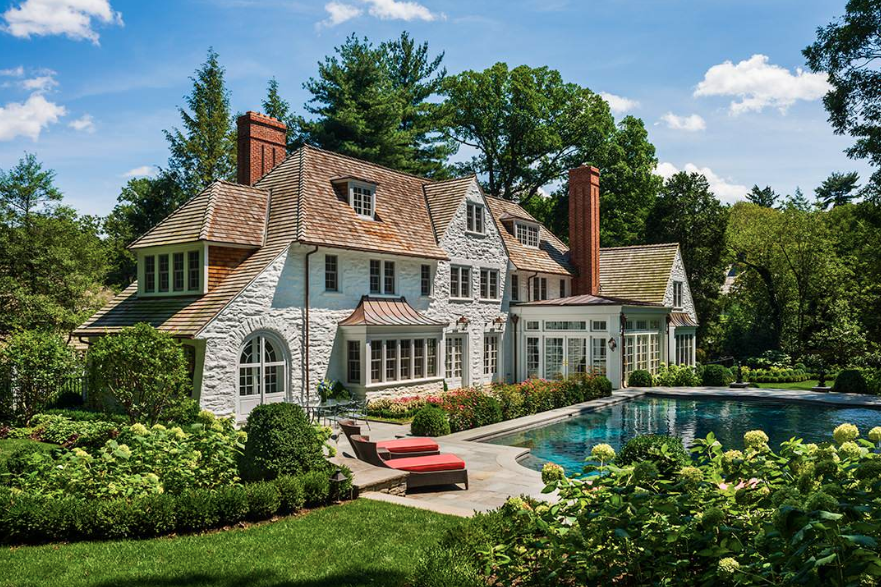 Photos via: Houzz
Photos via: Houzz
The type and quality of the materials you use for your new roof replacement are essential. However, the colour you choose for your roof is also a crucial one. It’s possible you’ve never have considered this to be a factor in your decision-making process.
Aaron Drew of Rooflines, who provides professional roof repairs Sydney and its surrounding suburbs recommends always taking into consideration the benefits of various colour options, think about the style of your home. If it is a heritage home or has a particular architectural language, this may guide your choice. You want a colour that is appropriate and complements the features of your home. There are also some other practical benefits that come with certain shades.

White: The Most Energy Efficient
Remember your physics lessons from school? This shade reflects the most light and as a result, the most heat that accompanies sunrays. Installing a white roof will cool your home naturally and therefore save you money on fans and air-conditioning and the power required to keep them running.
There is an aesthetic consideration too. A white roof has the effect of making the area look bigger than it really is. It’s a trick of the light and your eye, but this illusion will make your property look larger and therefore more elegant.

Black: The Most Versatile
With white roofs offering so many benefits, it’s puzzling that so many Australian homeowners opt for a black roof instead. In practical terms, some local government regulations place restrictions on light roofs. However, the reason most homeowners go this route is usually a visual one. A black roof can appear more sophisticated and therefore of a higher quality. Mostly it’s a question of fitting in. If you have a black roof, it’s likely to blend in with your neighbours’ similar roofs, and it also balances well with vegetation on your property.
A black roof also absorbs light, which keeps your home warmer in the cold months. It also has the opposite effect of a white roof, making it appear smaller than it really is. It’s also easier to maintain your roof since it looks better for longer. This can work for you if you have a large, dominating property that would benefit from looking neater and contained.
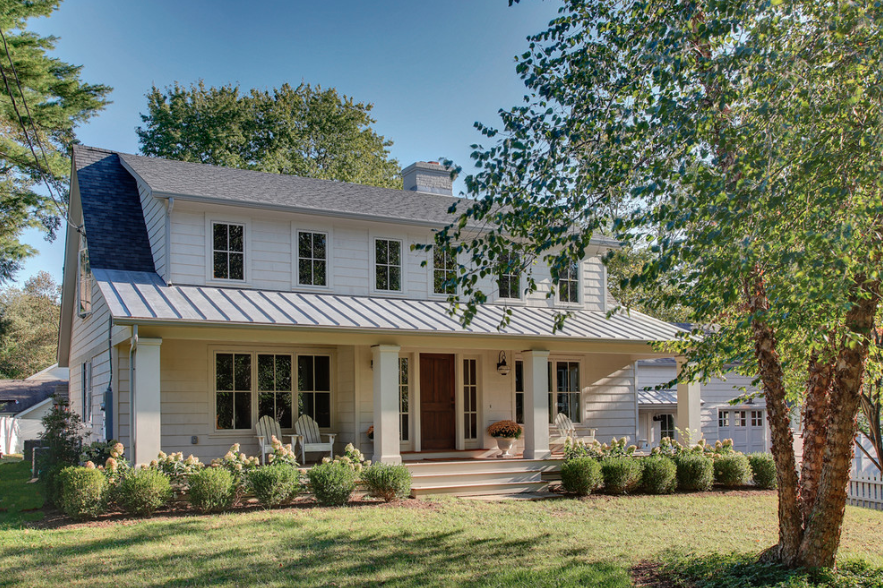
Grey: a Perfect Balance
One of the pitfalls of having a white roof is that it reflects light efficiently, but this light has to go somewhere. This can cause glare that annoys your neighbours or causes you discomfort. If you’re concerned about a white roof being distracting or dangerous, grey is a great compromise. It combines the positive benefits of both a black and white roof.
Brown: a Natural Complement
Many houses have a façade in natural wood or brown shade. A brown roof will blend well with this feature. If your home has exterior wood treatments or elements a brown roof can also look really attractive.
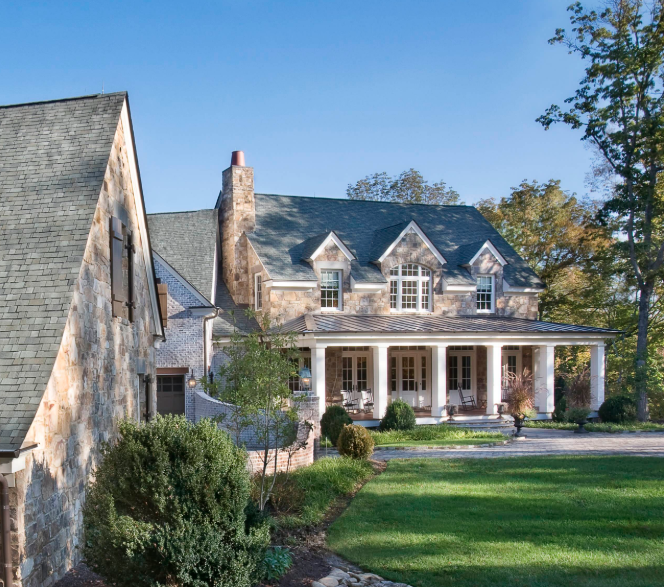
Bright Colours: a Bolder Move
Blue, green or even red and yellow – these are all shades that may not be common, but make a design statement when used on a roof. If you’re going to make a choice outside of the more neutral shades traditionally used on a roof, you need to know what you’re doing. Consider how it works with the overall look of your house, garden, and other design elements. Where else can the shade be used? If you choose a colour for your roof, will you also need to repaint your house to ensure it works with the roof shade? You may have a white house, but white comes with many different undertones, and the one you have may not work with the particular roof shade you’ve chosen.
The shade you opt for is also something to think about. A dark green or navy offers the same benefits as a black roof. It absorbs light so keeps a house warmer in winter.
Certified roofing contractors have the experience to give you the right advice on the shade of paint you choose for the roof. Looking to have your roof painted? Get in touch with Rooflines.


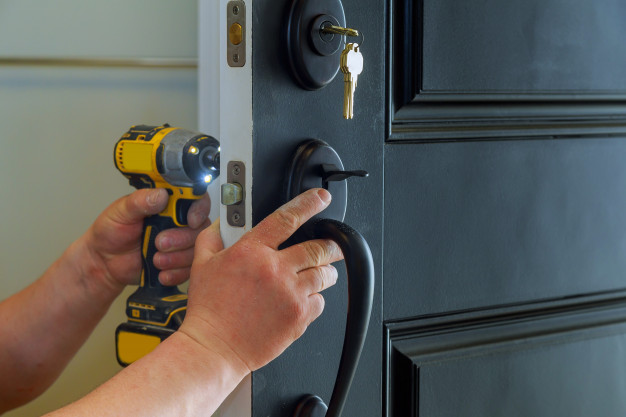

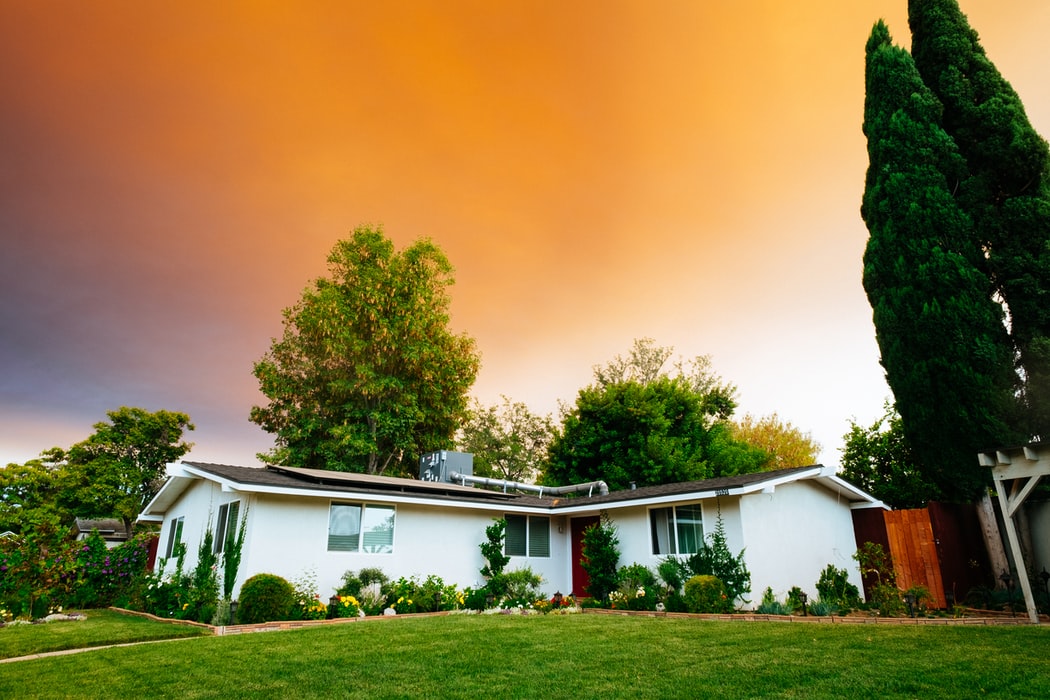


Leave a Comment